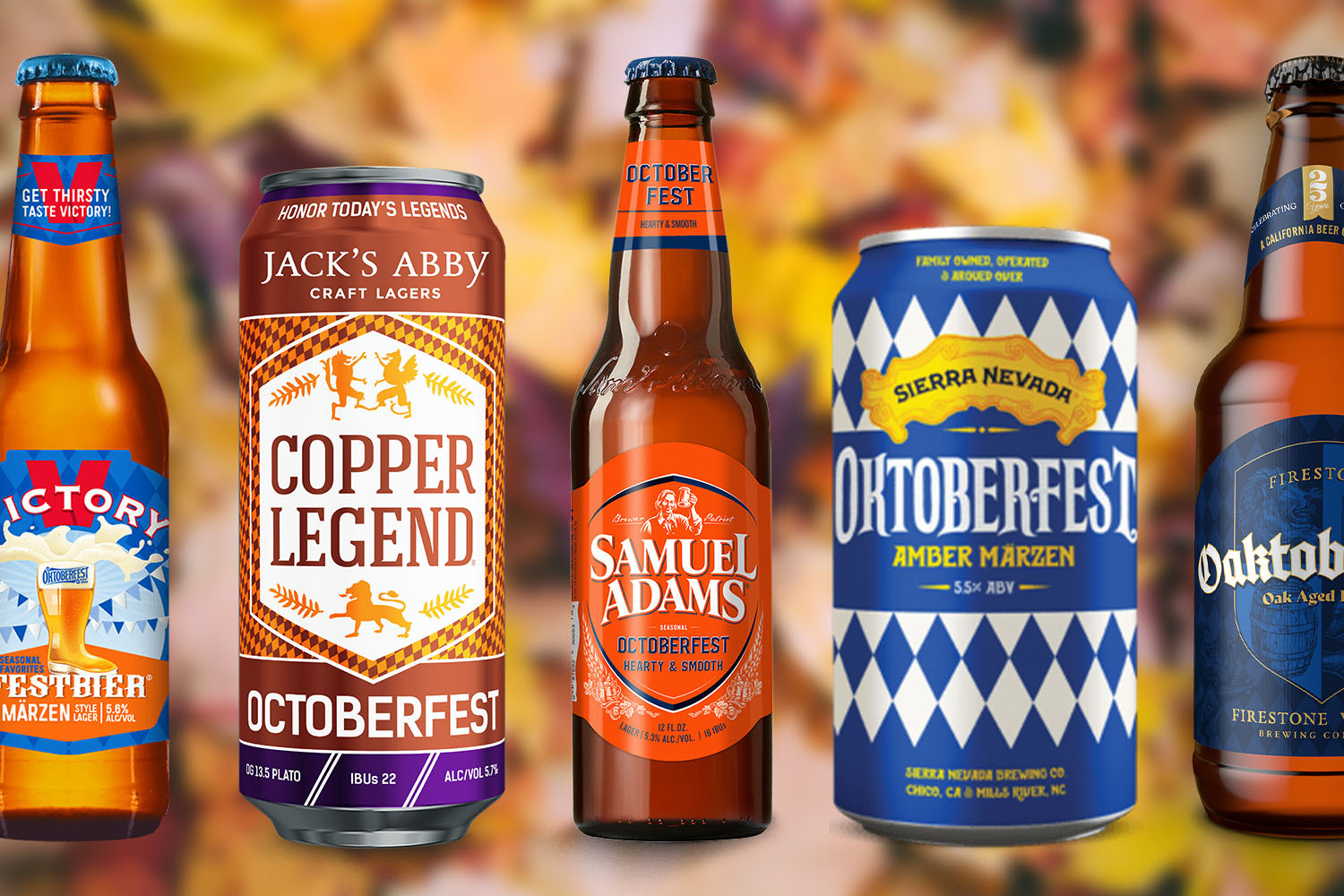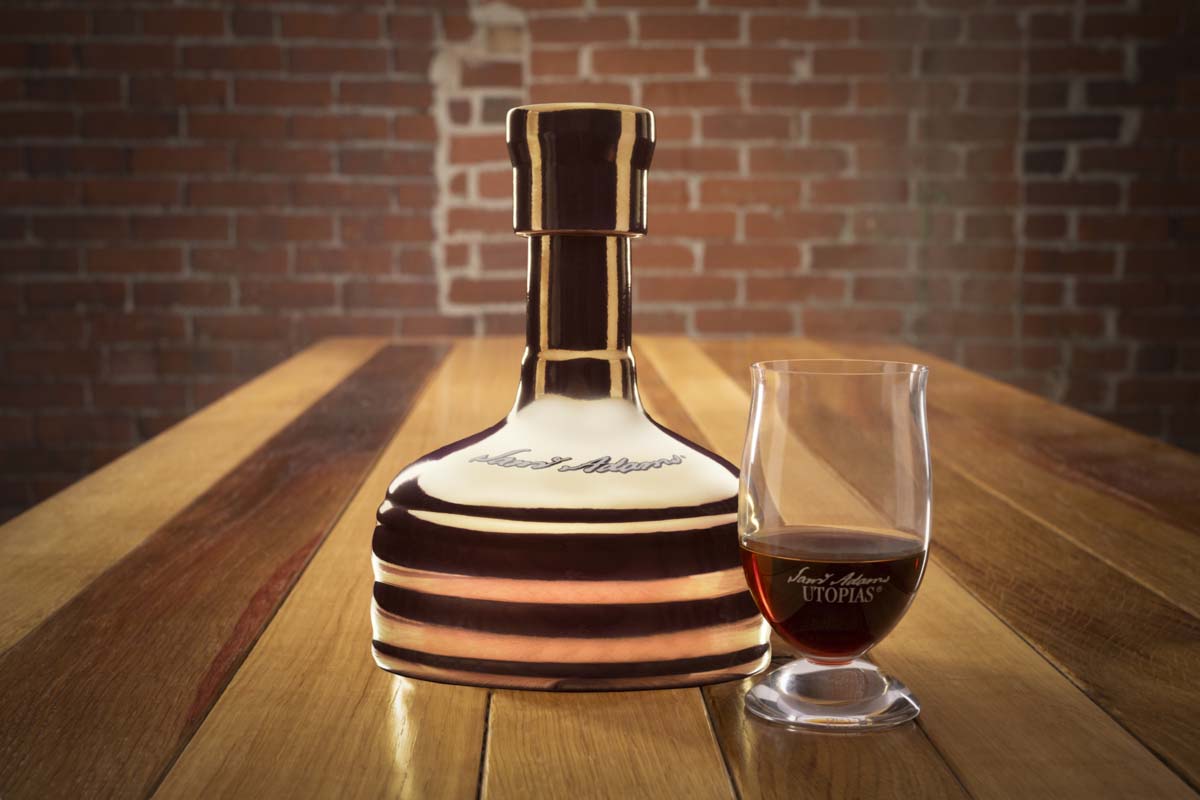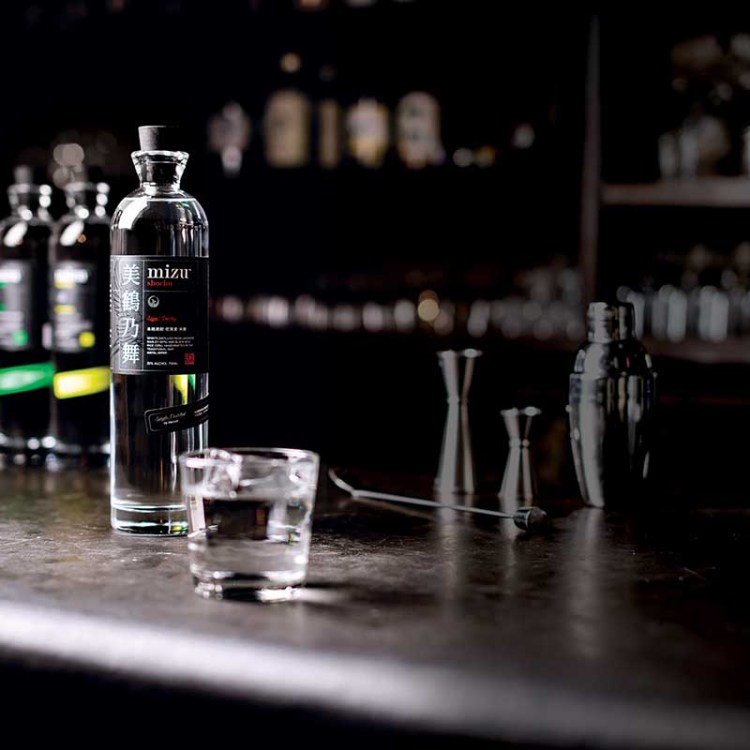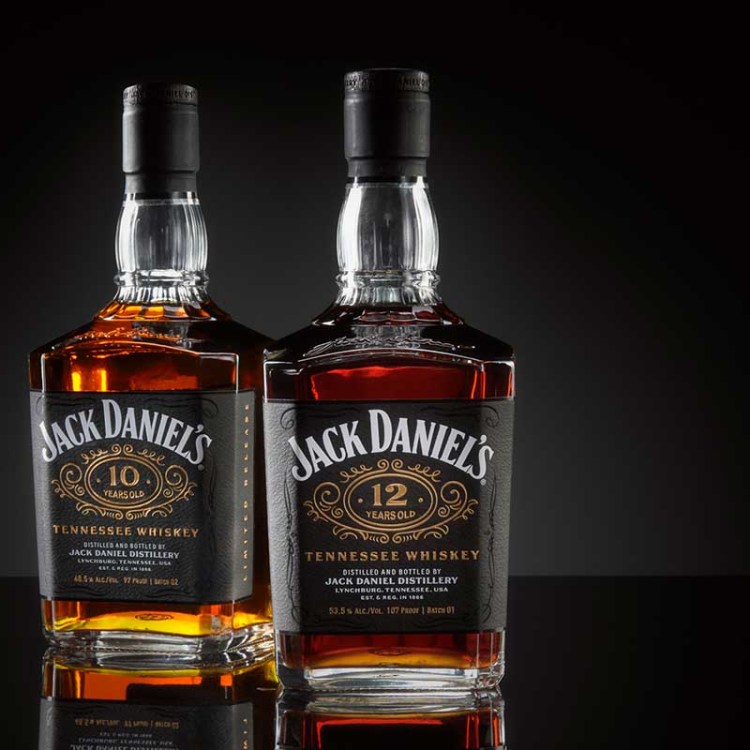In any other year, people in Germany would be drinking beer right now. Of course, this could be said on any day, at any moment, in our Gregorian calendar.
But, usually, the beer-drinking would be especially pertinent this month, as the world descended on Munich to celebrate Oktoberfest. Aside from an excuse for grown men to wear lederhosen, play drinking games and possibly wake up on the floor, Oktoberfest is an autumnal folk festival held in Germany from late September to early October, during which more than six million people from around the world drink beer together and call it culture. Sadly, the festival has been canceled for the second year in a row due to Miss Rona, and is set to resume normal activities in the fall of 2022.
That means it’s time to pour one — or, like, a lot more than one — out for your German brethren.
But at InsideHook, we mourn in style. So today we’re revisiting some advice we once got from our friends at Paulaner — one of six Bavarian breweries that adheres to the Reinheitsgebot, a set of German beer purity laws, and is thus permitted to serve beer at Oktoberfest. Our consigliere in this endeavor? Marco Santomauro, the former General Manager at Paulaner NYC, a 23-year veteran of the brewery’s Munich-based headquarters and, lucky for you, an aficionado of German beer glasses.
Today, we’re fixating on why, exactly, those glass-handled steins are shaped the way they are. The answer? Well, you wouldn’t eat soup with a fork. Likewise, you don’t drink lager out of a weizen glass. Skim this quick primer on the science of German drinkware lest you make an ill-timed faux pas.
You’ll note a couple similarities throughout: 1) a “fill line” near the top of the glass that indicates a full, fair pour, and 2) a wide mouth opening, such that you can take in the full aroma of the beer while drinking it.
Prost.

The Weizen Glass
Pronounced: Vai-tzen
What it looks like: Narrow at the bottom but wider at the top
What it’s for: All weissbiers (hefeweizens, dunkelweizens, etc.)
Why it looks like that: The shape allows the (typically high) carbonation of a wheat beer to filter up through the glass and distribute the yeast evenly.

The Stange
Pronounced: Shtan-guh
What it looks like: Tall and cylindrical, typically with a handle — stange is German for “stick.” The traditional sizes are 100, 200 or 300ml.
What it’s for: Lagers and Kölsches
Why it looks like that: It’s a robust, no-frills, everyday glass for no-frills, everyday beers.

The Maß
Pronounced: Mass
What it looks like: It’s a heavier, more voluminous (1 liter) version of a stange. The word itself represents a measurement for — you guessed it — beer.
What it’s for: Oktoberfest
Why it looks like that: More than 7.5 million liters of beer are served at Munich’s Oktoberfest each year. That’s enough to fill three Olympic swimming pools. To save servers time and legwork, these large-format glasses have become the standard.

The Schnitt
Pronounced: Shnit
What it looks like: A miniature Weizen glass (Schnitt means “cut”).
What it’s for: Quaffing a schnitt, aka a complimentary pour of half beer, half foam that drinkers traditionally end the night with in Bavaria. The foam coats your stomach walls and absorbs into your bloodstream faster than liquid, giving you a strong but short-lived alcohol rush. “A schnitt always fits in there,” says Santomauro.
Why it looks like that: You try drinking a liter of foam.

The Giant Weizen Glass
Pronounced: “Achtung!” (“Watch out!”)
What it looks like: The same dimensions and shape of a Weizen glass … scaled to 3L.
What it’s for: Bundesliga beer showers.
Why it looks like that: So you can drink — or douse an unwitting teammate in — an obscene amount of beer.
This article was featured in the InsideHook newsletter. Sign up now.





















